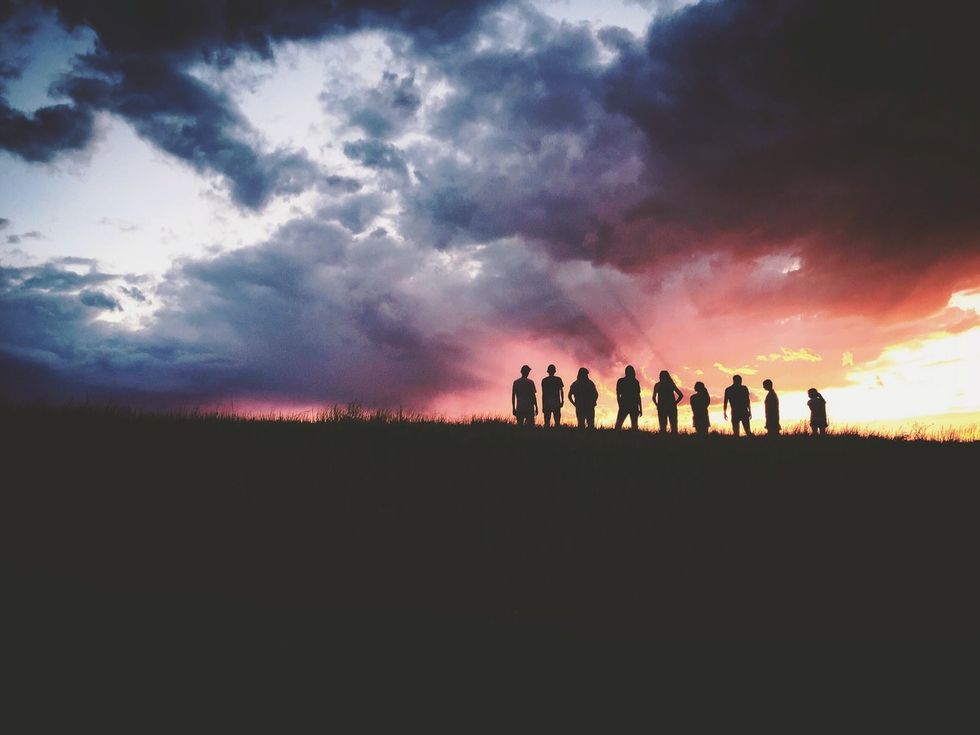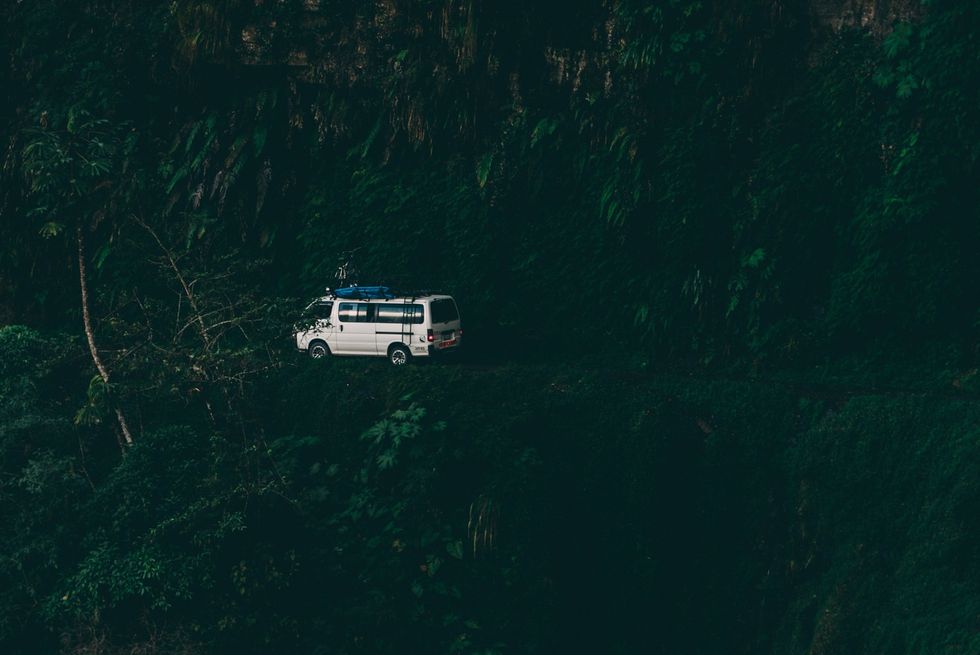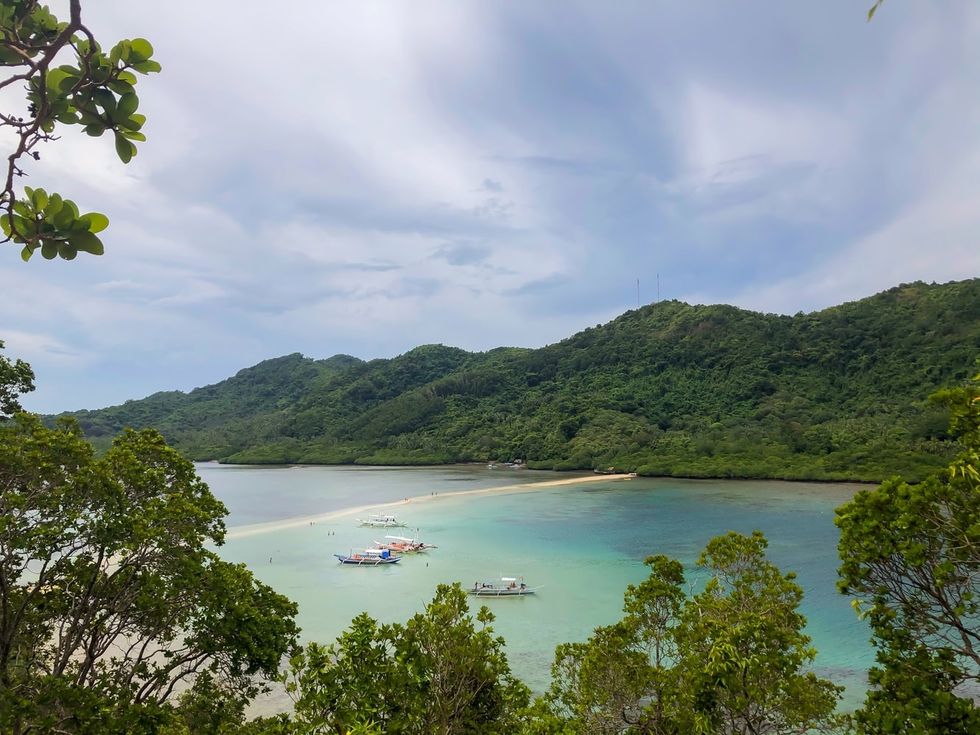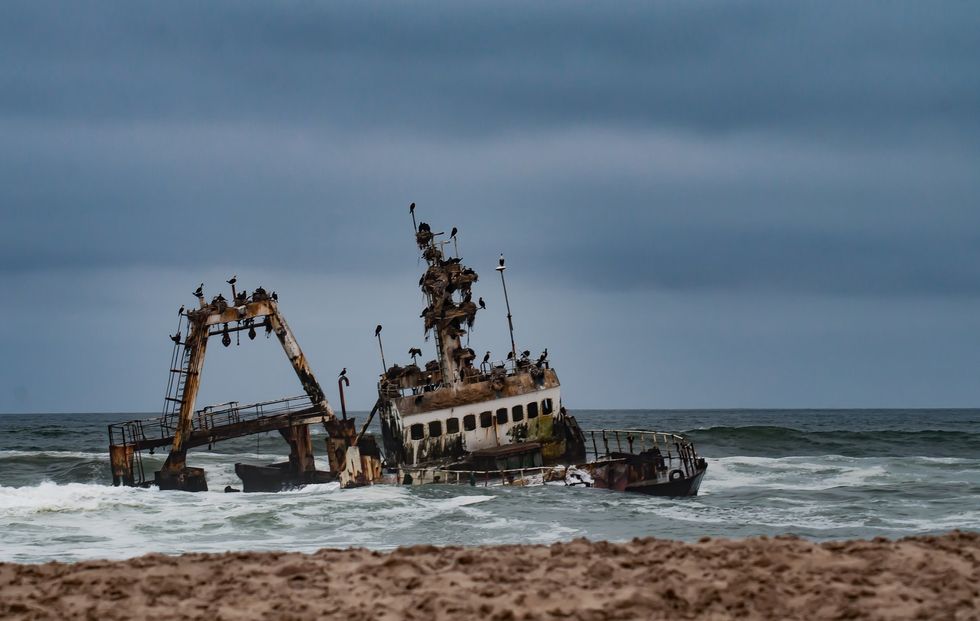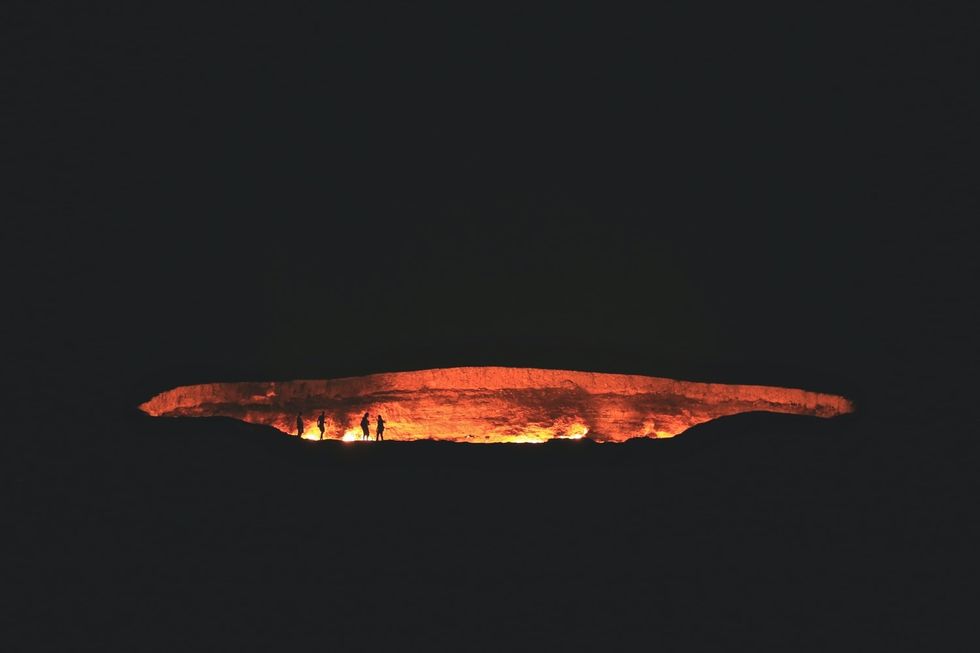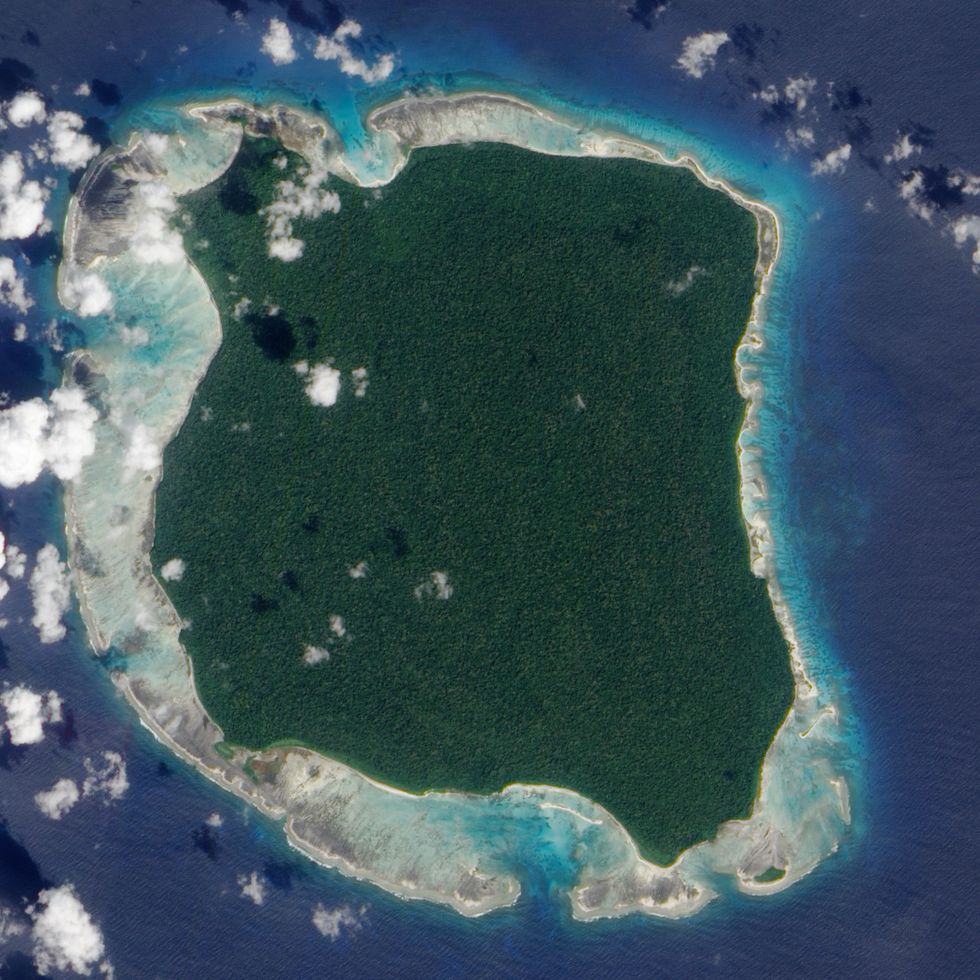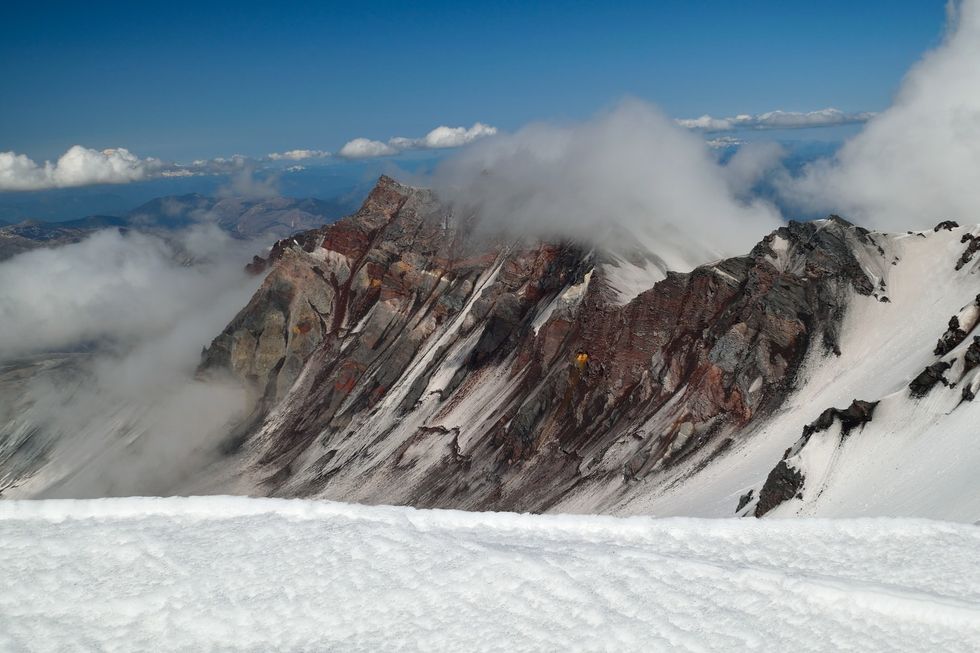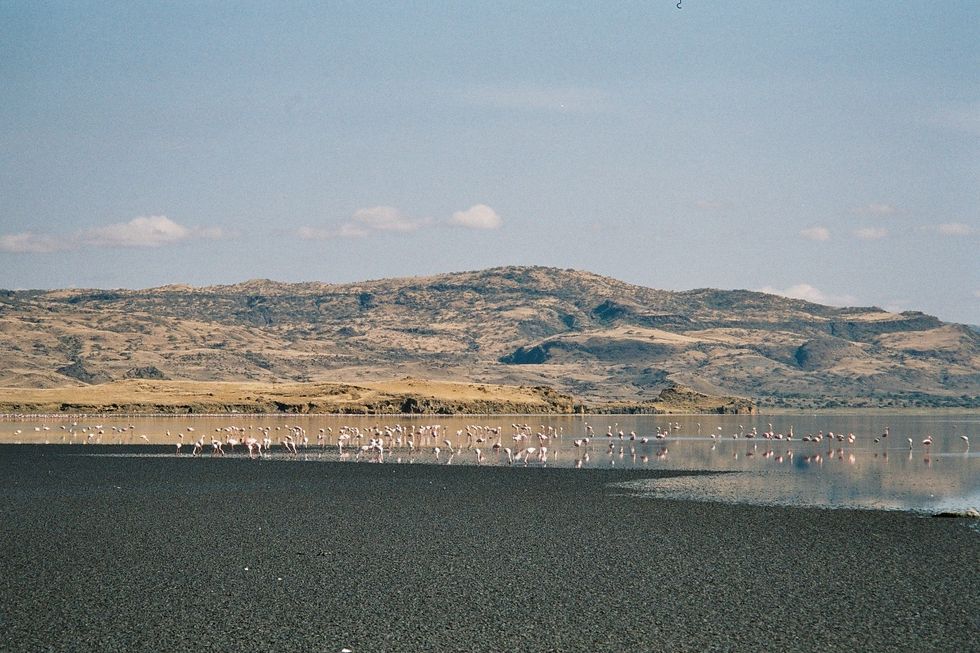1. North Yungas Road
Also known as "Death Road," might seem like a new adventure for a road trip, but most would advise you to turn around and drive the other way.
Known to display heavy fog, landslides, waterfalls, and cliffs of over 2,000 feet, Death Road's 43-mile switchback is beyond hazardous.
Until 1994, over 300 drivers were killed every year, and although the beautiful mountain terrain can be seen through every car window, potential visitors might wanna stick to the pictures of its views instead.
2. Snake Island
It's considered to be the deadliest place on earth and is home to the golden lancehead snake, a pit viper species and one of the world's deadliest.
An island 25 miles off the coast of Brazil, Ilha da Queimada Grande was made illegal to visit by the Brazilian government due to the high risk of danger to residents.
A rumor lingers from the story that a fisherman was found dead close to the island in his boat, also in his own pool of blood. Needless to say, the Caribbean might be a better vacation spot!
3. Skeleton Coast
Spread across the south of Angola to the north of Namibia, its harsh climate offers little chance of survival. The weather comes in spikes of hot winds and leaves a lack of food and water to visitors.
The area is also filled with bones of numerous animals such as whales, elephants, and other sea creatures, resulting in a frightening appearance. Apart from disastrous natural conditions, threats of gang violence make it unfit for tourists to explore.
4. The Turkmenistan Darvaza Gas "Door To Hell" Crater
Located in the middle of the Karakum Desert in Turkmenistan, it's known as the "Gates of Hell."
It's essentially a natural gas field within an underground cave where geologists set fire to prevent methane gas from spreading further and has been burning since 1971.
Locals gave a heavy name to the site because of the explosions and boiling mud. The hot spots spread across an area 200 feet long and roughly 66 feet deep. The "Gates of Hell" carries the appearance of an inverted volcano, that many advise you to not get too close!
5. North Sentinel Island
In the Andaman Islands, the native people of this island have been living in their traditional way and have denied all possible ways to connect with the outer world.
The tribes are not used to outside people and if tourists step foot on their island, they might be seen as a threat and acted upon violently. A mysterious, secluded area that should be observed, but not visited.
6. Death Valley
A desert found on the California and Nevada border with extreme heat, many locals and Arizonans have crossed through the valley, but few dare to stay. It is known as one of the hottest places across the world, where peak temperatures are tested during the summer.
This place had its hottest month record in July of 2018, but the average temperature stays around 108.1°F. For four days in a row, the daily highs hit a temperature of 127°F; the highest recorded temperature.
Death Valley received its name due to the death of a member of settles from the mid-1800s. The survivors encouraged others to have water stashed and not get lost.
7. Mount Washington Summit
Holding the world record for the fastest winds on the surface of the Earth, the highest recorded speed here is 203 miles per hour.
Freezing temperatures that can drop as low as -40 degrees and non-stop heavy snowfalls make this traveler's spot a very dangerous place and one of the world's deadliest peaks.
May compare this attraction to Mount Everest, and advise that the wind's impact on the human body is not something to experience.
8. Lake Natron
In Tanzania, Lake Natron carries an exposed alkali salt crust on the surface of the lake that is so dangerous, all living creatures die from simply coming into contact with it.
Swimming in this lake is strictly prohibited, but the few souls that have disobeyed the warnings were not heard from again.
A strong odor of hydrogen sulfide comes from the lake's surface as well and helps spread the message that this is not a place to admire.

